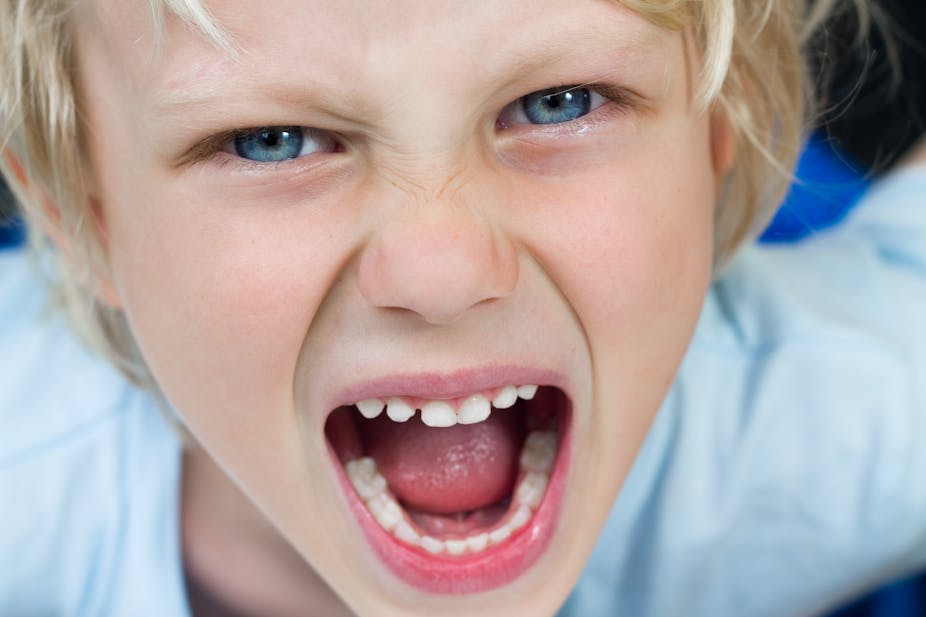Children endure many forms of violence, from slapping and pushing, to fatal assaults; almost one in five of the world’s homicide victims in 2012 were under 20.
The recently released UNICEF report on violence against children draws on data from 190 countries to present a very grim picture of the physical and emotional harm children continue to suffer. Much of this harm is perpetrated by the adults upon whom the child depends for his or her safety and well-being, guidance and positive example.
The UNICEF report clearly states that violence in all its forms can rob children’s dignity, diminish their self-worth, and threaten their optimal development. Children not only suffer its immediate physical and emotional effects; the violence they see and experience is likely to impact on the type of adult they become and the future society of which they will be part.
The most common form of violence that children suffer is the often taken-for-granted “disciplinary” violence – physical force and verbal intimidation – used by parents and teachers as punishment and or to control or change children’s annoying or unacceptable behaviours. Worldwide, six out of ten children aged between two and 14 are regularly physically punished.
As the Weapon of Choice project poignantly illustrates, words can wound children, and accompanying “disciplinary” violence often hurts children more than adults want to acknowledge. In the heat of the moment, parents’ sometimes excessive physical punishment and verbal outbursts degrade and humiliate children. And parents usually regret it.
The UNICEF report also states that, worldwide, only three in ten adults consider physical punishment integral to discipline in the true sense of the word: to teach and to set a positive example to nurture the child’s optimal development.
Violence of this nature often occurs when adults’ sense of control is threatened, and when parents are stressed, angry, and tired. Parents typically lack knowledge of more respectful and effective disciplinary responses or they lash out at children in frustration, without forethought, and simply because they can.
The consequences for vulnerable and dependent children can far exceed the adults’ intent. A recent British case in which a mother reportedly “smacked” and repeatedly “struck” her three-year-old son leading to his death is but one distressing example among too many.
In Australia, a study of child homicide between 1991 and 2005 in New South Wales concluded that prohibiting the corporal punishment of children could save children’s lives.
Thirty-five years ago, Sweden became the first country in the world to legally prohibit the corporal punishment of children in all settings. It is now banned in 39 countries, including New Zealand, the only English-speaking country to adopt this progressive step.
A quarter of a century has passed since children’s rights were formally recognised in the United Nations Convention on the Rights of the Child (1989). Australia ratified the Convention in 1990 and, despite embarrassing rebukes in periodic reports of the Committee on the Rights of the Child, Australian governments continue to turn a blind eye to children’s physical punishment in the home and, more shamefully, in some Australian schools.
Surely we now know enough to stop hitting, hurting and risking harm to our children. Even if we consider the immediate risk to be tolerable because maybe “it did me no harm” and, even when angry and tired, “I would never cross the line”, we cannot ignore the child’s perspective and the societal costs of parental physical and emotional abuse.
Under Article 5 of the Convention, governments have a responsibility to support parents in their important role, including the provision of parenting education and services for children and families. Indeed, the United Nations regularly reminds governments that they must do more to protect the rights of children.
In countries such as Australia that normalise disciplinary violence, governments ought to at least inform parents that they have a choice. They can adopt positive discipline, with the promise of good outcomes for children, parent-child relationships, and our future society.
Or they can choose physical discipline despite evidence that it poses a risk to our children’s optimal development.
Governments can also choose to respect children’s human rights. They can remove the defence of lawful correction, and grant small, vulnerable children and impressionable young people the same protection from assault as adults.
It is promising that the Australian College of Physicians and Australia’s White Ribbon organisation have recently released position statements acknowledging the short and long-term impacts of physical punishment, and expressed their disapproval of its use as a means of discipline.
Most parents want what’s best for their children, and would not choose to unnecessarily expose their children to any degree of harm or negative influence. Most parents do not resort to hitting children’s heads or repeatedly striking a child.
If strategies to prevent and respond to extreme violence against children – such as educating parents about normal childhood behaviours and positive discipline, removing lawful excuses for physical “discipline”, and increasing supports for parents, children and young people – can save even one child from suffering severe or fatal abuse, then surely this is the road we must be compelled to take.
Children deserve to be treated with dignity and respect. Physical punishment should not have a legitimate place in children’s lives.
Read the other articles in The Conversation’s Domestic Violence in Australia series here.

